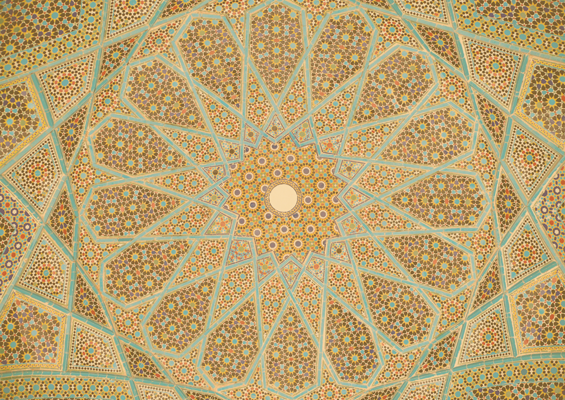In the beginning
When Hazrat Inayat Khan came to America in 1910 there was as yet no organization for his Sufi activities. In those early years he and his two (and later three) brothers [1] gave Indian concerts and delivered lectures. When the first interested individuals wanted to connect to Sufi mysticism and to take Hazrat Inayat Khan as their Murshid (a sufi spiritual teacher), he started to give personal initiations and guidance. He continued to do so during his travels to England, France and Russia. Because of the outbreak of World War I in 1914 he was forced to reside in London for a number of years (1914 – 1920). Here too he continued to give concerts and lectures and to initiate and guide his mureeds (spiritual students). Before that, during their tour through Russia, the brothers had given up their financial allowance from Baroda, expecting a subsequent return to India. When this did not happen and they instead moved to London, Hazrat Inayat Khan decided not to ask for a new allowance from their family, but to lead a more ascetic life with his brothers. For his livelihood Hazrat Inayat Khan was dependent on the revenues from his concerts and lectures, and also on gifts and donations from his followers.
Sufi Order, Sufi Movement
To protect him and his family members from a too direct financial dependency on his mureeds, the Sufi Order was officially founded in 1917. Mureeds paid a contribution to this new organization and Hazrat Inayat Khan and his family received an income from this fund for their expenses. However, eventually the influence of the senior mureeds grew within this structure and so in 1923 Hazrat Inayat Khan – by then living in Suresnes, France – set up the Sufi Movement according to his own design, statute and regulations, based on his Indian standards and tradition. Geneva became the headquarters of this new organization. Suresnes, France became the home of Murshid and his family. The already existing Sufi Order was then changed to incorporate the ´Esoteric School of Inner Culture´ of the Sufi Movement. From 1924 onward Hazrat Inayat Khan and his successors thus always had a double role: they were Pir-o-Murshid (or in the case of Maheboob: Shaikh-ul-Mashaik) of the Sufi Order (i.e. head of the order) and General Representative of the Sufi Movement, which was both the organization and the legal framework of the different activities. In other words Pir-o-Murshid was the head of both the spiritual and worldly (mystical and cultural) organizations according to the traditional Indian practice.
After the passing of Murshid he was succeeded in 1928 by his younger brother Shaikh-ul-Mashaik Maheboob Khan, who led the Sufi Movement for 20 years. When he died unexpectedly at the young age of sixty, his cousin brother Murshid Ali Khan took over the leadership of the organisation despite Vilayat’s claim of succeeding his father. This resulted in turmoil and division within the Sufi community. Vilayat had a large group of followers that supported his claim. This disunity became tangible during the expropriation crisis in the mid fifties concerning the plot of land in Suresnes called the Sufi Garden, the intended destination for the building of the first Universel, a Sufi Tempel where the unity of religious ideals could be experienced and celebrated. Vilayat sided with the Suresnes group and Murshid Ali Khan’s ideas were supported by Headquarters in Geneva. Eventually Vilayat created his own organisation called the Sufi Order International in 1968. Mushid Ali Khan was succeeded by Hazrat Inayat Khan’s younger brother Musharraff Moulamia Khan in 1958 who, before his own death in 1967 appointed Fazal Inayat-Khan, Murshid’s grandson and Hidayat’s eldest son to succeed him. Fazal was the Pir-o-Murshid of the Sufi Movement until 1982, when he offered the Movement the opportunity, which they accepted, to further the work of their tariqa independently of him; Fazal then continued his tariqa through a new organisation which he called The Sufi Way.
The eighties were a confusing time as far as the explicit leadership was concerned. It was a period of transition. Numerous times attempts have been made to unite the different Hazrati tariqa’s and groups within one organization. However these attempts have failed. The outcome was that both the Sufi Order International and the Sufi Way, Fazal’s own organisation created in the early eighties, chose to remain independent within their own organization. Within the Sufi Movement however, more unity was achieved by a leadership council guided by Karimbakhsh Witteveen, ultimately resulting in the single leadership of Pir-o-Murshid Hidayat Inayat-Khan from 1993 on.
A final amendment followed in 2009: ‘General Representative’ became a combined position, held by Murshid Hidayat Inayat Khan and Murshid Karimbakhsh Witteveen. The title Pir-o-Murshid became connected to an advisory board, the Pir-o-Murshid Council. This council, responsible for the safeguarding of the five activities and the concentration on Pir-o-Murshid Inayat Khan, could be regarded as the counterpart of the International Council.

The first members of the Pir-o-Murshid council: Nuria Sabato (USA), Satva van Dorssen (Holland), Ulma Moerenburg (Holland), Karimbakhsh Witteveen † (Holland), Maharani de Caluwé (Holland), Rani McLaughin (USA), Jelaluddin van Lohuizen † (Holland), Hamida Verlinden (Holland), Aziza Inayat-Khan † (German), Hidayat Inayat-Khan † (German), Nawab Pasnak (Canada)
(NB. From 1967 onward the title Shaikh-ul-Mashaik (Patriarch of the Seniors) is no longer linked to the Sufi Order, but is the title given to the head of the family-dynasty of ´Khan’s´ and ‘Mashaik’s’. Mahmood Maheboob Khan Youskine is the first and current bearer of that title in this form.)
In 2016 Hidayat is succeeded by Murshid Nawab Pasnak and Karimbaksh by Murshida Nuria Sabato. This combined leadership will last two years. In 2018 Nuria Sabato resigns as co-representative general when she hears about plans of the Exectutive Committee to return to a single leadership in the Movement. In that same year Murshid Nawab is nominated Pir of the Movement. Some time later the Pir-o-Murshid Council will cease to exist.
Later that year Karimbakhs Witteveen and Shaikh-ul-Mashaik Mahmood khan Youskine announce the start of ‘Sufi Foundation 1923’ (http://sufifoundation1923.com/) in order to give former members of the Sufi Movement an organization to continue their spiritual path under the guidance of Pir Zia Inyat.-Khan without the neccessity to become members of the Inayattyya Order.
Movement, Order
In order to avoid confusion I would like to offer some extra explanation regarding the term Sufi Order. A traditional eastern Sufi tariqa is usually translated as a Sufi Order, in many ways comparable to the Christian monasteries and convents. Thus Inayat Khan called his first organization in London in 1917: Sufi Order. All the activities of that period were therefore under the auspices of the Sufi Order, even though they had no formal structure. In 1923 Inayat Khan renewed the organizational form and called this organization the ‘International Headquarters of the Sufi Movement’. From that moment on the term ‘Sufi Order’ was used to denominate the inner school (esoteric) activity of the Sufi Movement. The ‘Order’ became thus a part of the ‘Movement’.
From 1956 on the son of Inayat Khan, Vilayat, developed his own teachings more and more and eventually founded as mentioned an organization with the name Sufi Order International in 1968. This led to some confusion which was later resolved by Vilayat’s successor, his son, Pir Zia, who renamed the organisation: The Inayati Order.
Other separations and new connections in the twentieth century
Vilayat’s Sufi Order International was not the first and only offshoot of the Sufi Movement international. I will give a chronological overview of developments after Murshid’s passing in 1927.
1929
Sirdar Baron van Tuyll van Serooskerken and his wife Saida Willebeek – Lemaire were unhappy with the succession of Maheboob to both the exoteric leadership and the esoteric title of Pir-o-Murshid’s, since they considered that the role of Pir-o-Murshid could only belong to Hazrat Inayat Khan. Sirdar never officially left the Sufi Movement, but considered his ban from the Jamiat ‘Am [1] as his excommunication from the Movement. Sirdar created his own group in The Hague called ‘The Church of All (De kerk van Allen). His house and the churchhall at Anna Paulownastraat 78 in the Hague were the centre of this community. In 1966, before she died, Saida nominated Fazal Inayat-Khan to be her successor. This eventually led to a merger of Sirdar’s group and the Sufi Movement. A proces that was completed in 1997.

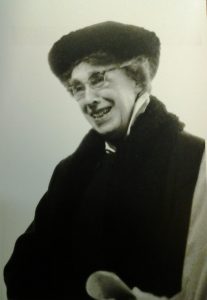
Sirdar van Tuyll Saida van Tuyll
1929
Murshida Rabia Martin’s claim for the Sufi leadership after Murshids passsing was not acknowledged by the International Headquarters. She claimed to be the next Pir-o-Murshida and had a number of arguments to support her view. Eventually she created her own organisations called ‘The Sufi Order of America’ . After some years Murshida Rabia Martin never wanted to be associated with the Sufi Movement ever again. Eventually she found further inspiration with the Indian Guru Meher Baba. When Murshida Martin died in 1947 her organization split up, divided over the two leading figures at that time: Ivy Duce and Murshid Sam Lewis. Ivy Duce was appointed as the official successor of Rabia Martin. Her group proceeded under the name ‘Sufism Reoriented’. This organization exists to the present day, but there is no contact whatsoever with the Sufi Movement. There current leader is director or murshida Dr. Carol Weyland Conner. For more information go to: http://www.sufismreoriented.org/
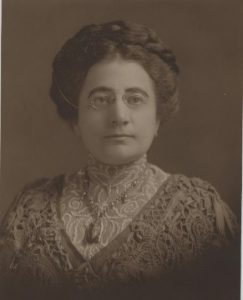
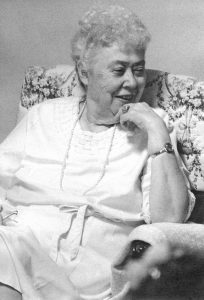
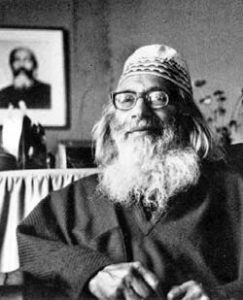
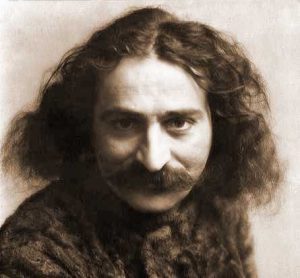
Murshida Rabia Martin in 1912 Ivy Duce Murshid Sam Meher Baba

The Winged Hearth symbol was adapted by Meher Baba by replacing the cresent and star with the number 1
1956 – 1968
The separation of Vilayat and his group was a gradual development. For years Vilayat held his own position within the community of The Sufi Movement. He organised his own retreats in Holland during the spring and fall period not wanting to interfere with the Summer Schools of The Movement. Mostly these gatherings were held at the School voor Wijsbegeerte (School of Philosophy) in Amersfoort and also in Suresnes where a hall was built next to Fazal Manzil in 1957. Later on he developed groups and activities in Germany and The United States where he was represented by personal secretariats. He officially founded his own organisation, The Sufi Order International, in 1968.
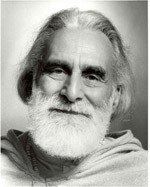
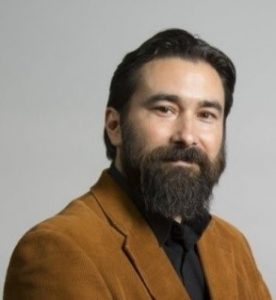
Pir Vilayat Inayat-Khan Pir Zia Inayat-Khan
1970
Murshid Sam Lewis was a pupil of Rabia Martin and remained loyal to her organisation during her lifetime. From 1947 onward he became an independent mystic and philosopher throughout the fifties and sixties. Eventually in 1971, shortly before his passing, he named his organization: the Sufi Islamia Ruhaniat Society (SIRS). Having travelled to the east many times and receiving the title Murshid from the Chistiyya Order in India, he began, when back in The United States, attracting more and more young people from the hippie generation. He developed ‘The Dances of Universal Peace’, which struck a chord with this new audience. Murshid Sam died in 1971. He was succeeded by Murshid Moineddin Jablonski and later, after Moineddin’s passing, by Pir Shabda Kahn who is the organisation’s current leader. From 1969 to 1977 the SIRS joined the Sufi Order International. The split in the seventies was caused by a disagreement about the organizational discipline. SIRS considered the bond between initiator and mureed as unbreakable, whereas Vilayat demanded that mureeds that used drugs should be expelled from the Order. In the nineties the group was the first to join ‘The Federation of the Sufi Message’ (see below). In 2001 the SIRS was renamed SRI (Sufi Ruhaniat International).
Click here for some rare footage of Murshid Sam.

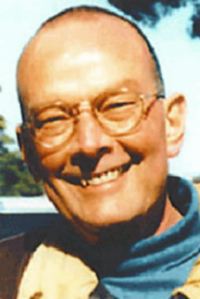
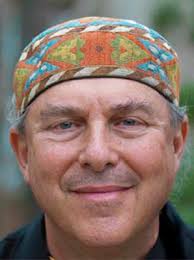
Murshid Sam Lewis Murshid Moineddin Jablonsky Pir Shabda Kahn
Early seventies
In Holland in the city of Leiden, Jabar Baron Bentinck found he could not accept Fazal Inayat-Khan as his Pir as he was deeply opposed to the methods used by Fazal to guide his pupils. Therefore he founded his own ‘Leidse Soefi Stichting’ (Sufi Foundation Leiden). This foundation was an independent Sufi Centre and also a publishing company. In the nineties, after Jabar’s passing, the Centre reunited with the Sufi Movement.
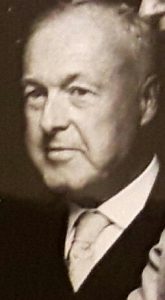
Jabar Bentinck
1974
In the sixties in Holland a group was gradually formed of individual mureeds who didn’t feel at home in the Sufi Movement nor in Vilayat’s Sufi Order International. Gawery Voûte, a senior Dutch mureed, united these mureeds on several occasions at a location called ‘Hoorneboeg’ in the city of Hilversum. From this group the ‘Soefi Contact’ emerged, officially founded in 1974. Their home base was and is in Haarlem.
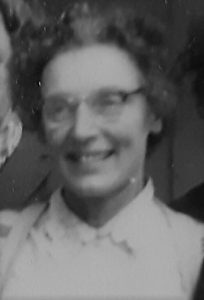
Gawery Voûte
1982 – 2004
In an effort to make peace amongst those in the Sufi Movement who could not accept Pir-o-Murshid Fazal Inayat-Khan or his way of teaching, he offered for the Sufi Movement to move forward without him and they accepted. He meantime continued his tariqa as The Sufi Way, based in Four Winds, a retreat Centre in Surrey, UK. He passed away in 1990 and Murshida Sitara Brutnell became Pir. At her passing in 2004, Pir Elias Amidon, one of Fazal’s original mureeds, was appointed Pir and his leadership continues today.
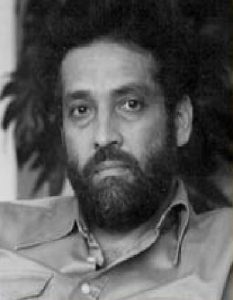
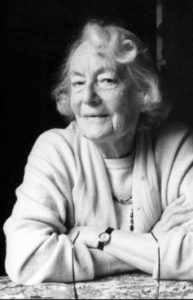
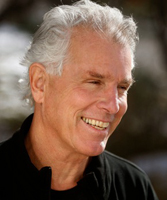
Murshid Fazal Inayat-Khan Murshida Sitara Brutnell Pir Elias Amidon
New connections
Despite this tendency of numerous offshoots of the Message of Hazrat Inayat Khan (a phenomenon that seems to be innate in every religious or spiritual movement) the history of the Sufi Movement also shows an ongoing inclination towards reviving contact, establishing new connections and unity. Thus, in the early sixties, several years after his death, the group around Van Tuyll in The Hague, contacted the Sufi Movement again; from that moment on a mutual exchange and co-operation developed. This eventually led to a complete merger of both centres of the Hague, Holland, in 2007. In 1997 the ‘Leidse Soefi Stichting’ (Sufi Foundation in Leiden) re-joined the Sufi Movement. More recently, some three years ago, the Soefi Contact were for the most part reconciled and from then on worked with the Sufi Movement in certain aspects.
The Federation of the Sufi Message
In 1997 Hidayat took an intitiative to create more unity among Hazrati Sufi organisations. The Sufi Ruhaniat Society was the first to join the federation. Members of this federation had numerous deliberations in which the problems of the past were discussed. The federation became since then a platform of independent Hazrati Sufi organizations, respecting and acknowledging each others leadership, initiations, culture and practices. On the website of The Federation we read the following statement:
The Federation of the Sufi Message is an association formed in 1997. The Federation of the Sufi Message is a non-hierarchical umbrella organization of Sufi groups united in their devotion to Hazrat Inayat Khan and the Sufi Message. As such, it offers a unique approach, emphasizing that the Spirit of the Message is perpetuated in the transmission channelled through initiation in the different member-organizations, which manifests as a network of attunement of all mureeds to the Divine guidance thereby received.
The purpose of the Federation is to realize and express harmony and co-operation among all leaders and mureeds involved in the spreading of the Sufi Message of Pir-o-Murshid Hazrat Inayat Khan. Presently the members of the Federation are the International Sufi Movement, the Inayati Order, the Sufi Ruhaniat International, Sufi Contact, the Fraternity of Light and the Sufi Way. [1]
In Holland an organisation called SUN was formed in 2001 (Soefi Uitwisseling Nederland, Sufi Exchange Netherlands). It’s aim was to organise a combined Viladat Day celebration in 2002. From that year on many gatherings were organised resulting in a closer understanding and coöperation between the Dutch Hazrati organisations. In 2014 the organisation was terminated due to lack of manpower, but the informal coöperation remaines to the present day.
In 2002 Pir Zia, now the head of The Inayatiyya Sufi Order, founded the Suluk Academy. On the website of the academy we read:
Suluk Academy was founded in 2002 by Pir Zia Inayat-Khan, the spiritual leader of the Sufi Order International. The Academy’s guiding vision derives from the spiritual legacy of Hazrat Inayat Khan (1882–1927), the mystical philosopher and musician who gave a modern expression to the timeless and universal wisdom of Sufism. The foundation of Hazrat Inayat Khan’s movement was an esoteric school in which initiates were guided through progressive stages of spiritual development. His methods and prescriptions form the core of the curriculum of the Suluk Academy.
The Suluk Academy has programmes and courses in The United States and in Europe. The programmes attract mureeds from different Sufi organisations, resulting in a deeper contact and unity.
In 2014 attempts were made to involve Pir Zia in the organisation of the Sufi Movement, thus trying to rebuild the connection that has been failing from 1968. These attempts failed. The aim of connecting the two major Sufi organizations appeared a bridge too far at that moment.
In the present day an effort is made to revive Suresnes as a central meeting point for mureeds from Europe and all over the world. The different retreats are attended by mureeds from all Sufi branches. For more information please visit: http://www.https://fazalmanzil.org/
Omar [2] and Suzanne Inayat-Khan organise sama-meetings (musical meditative gatherings) in the UK and in Holland. Here also we see a growing platform of connection between mureeds, regardless of there background.
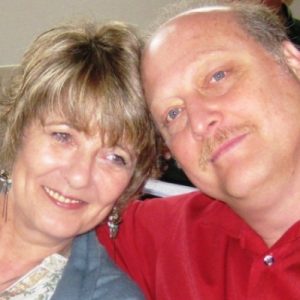
Omar and Suzan Inayat-Khan

